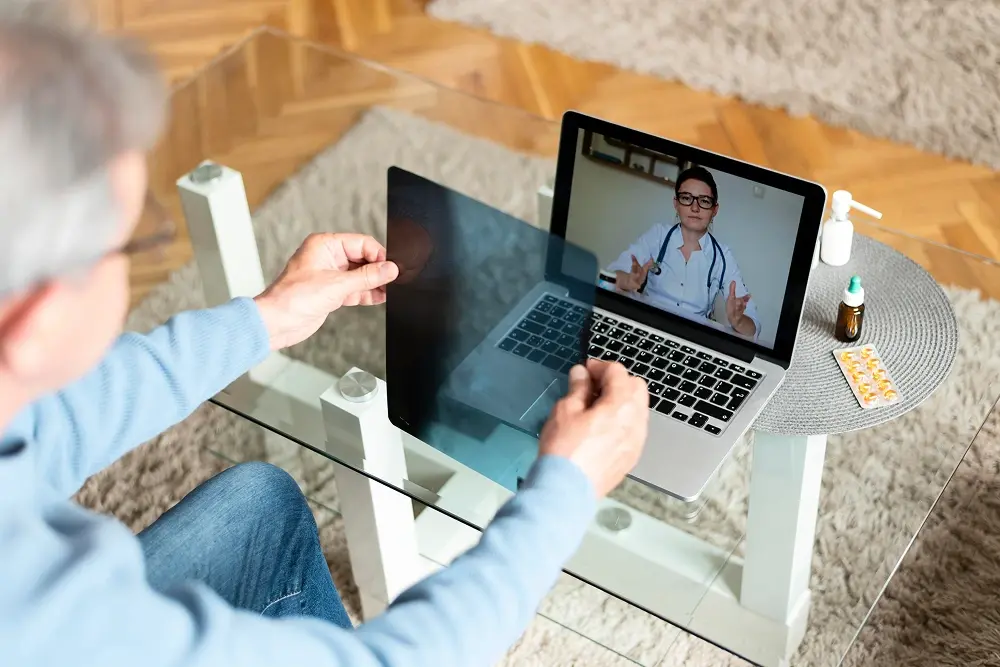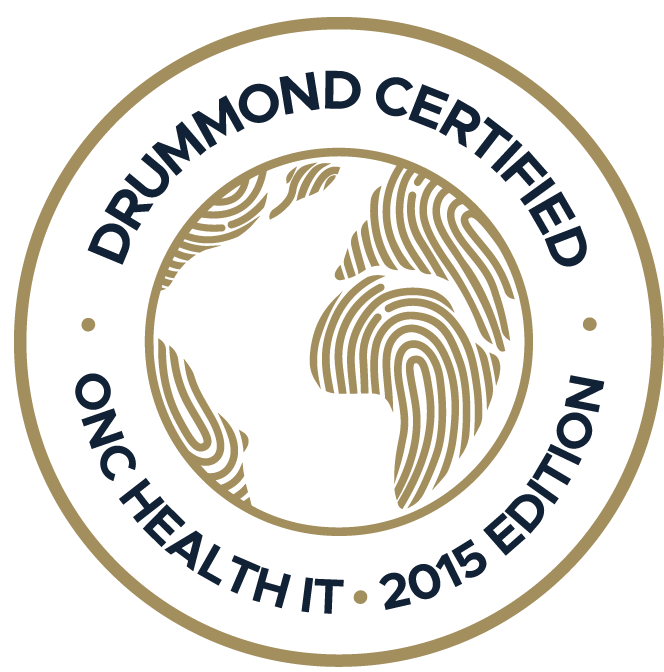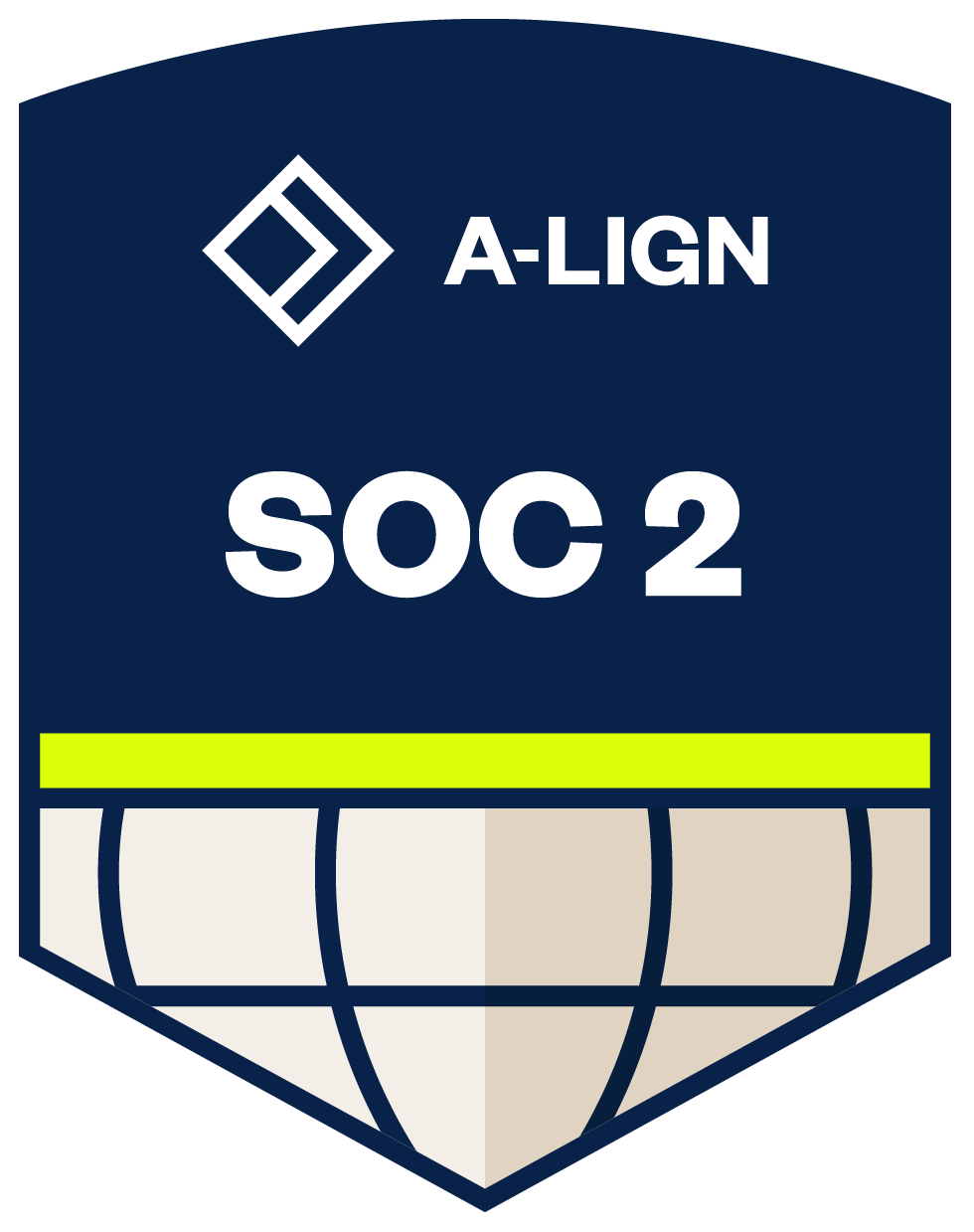Data breaches are the kind of thing that keep health administrators up at night. But when it comes to documentation, HIPAA AI scribes finally give them something to trust in.
The present-day reality of telehealth is beyond a blessing! Imagine a world where an angina patient living in a suburb can receive immediate services from a top cardiologist in a metropolitan city. Telehealth has wholly transformed the healthcare landscape, making medical services more accessible and improving remote patient care.
In the United States, the rural population is approximately 20%, while only 9% of physicians serve in these areas. Telehealth aims to eliminate the conveyance cost, which often burdens patients from low socio-economic backgrounds. By improving access, telehealth can also save more than $4 billion on US healthcare.
While telehealth is pivotal in primary health care, it still evolves in implementing specialty specifics such as cardiology, neurology, nephrology, dermatology, etc. A robust Electronic Healthcare Record (EHR) support can be crucial in scaling specialized telehealth.
With unparalleled EHR support from Practice EHR, you can bridge this gap by accessing remote patient care with better EHR integration and telehealth specialties. Still, one must know if the modern EHRs are prepared for this shift. What are the existing barriers and opportunities for telehealth EHRs? All of these concerns are important in choosing the best EHR support for yourself. So, let's explore the answers!

Barriers and Opportunities for Telehealth Specialties
The specialty care feature of telehealth often faces unique challenges that can hinder its potential, but robust EHR support can help tackle this issue by providing better opportunities for remote patient care.
- Lack of Specialty-Specific Workflow
Most of the EHR support systems are built on a generalist approach, providing a broad overview of medical diseases. They lack customized solutions for specific medical concerns such as cardiology, nephrology, dermatology, endocrinology, and podiatry.
For instance, a cardiologist would need specialized tools to manage patients' ECGs and echocardiograms. The unavailability of these tools would ultimately compromise patients' health. But this problem isn't there anymore!
PracticeEHR is designed to align with the needs of various health fields:
- Cardiology: PracticeEHR supports remote patient monitoring and scheduling and tracks various cardiological tests for comprehensive patient care.
- Dermatology: Practice EHR provides high-resolution image management, customized procedure templates, and tracking services 24/7.
- Family Medicine: Prescription management, immunization records and reminders, chronic disease management, and integrated lab ordering can improve remote diagnosis.
- Neurology: To support remote telehealth specialties care, Practice EHR provides comprehensive neurological exams, EEG integration, and medication for complex regimens.
The list doesn't end here; PracticeEHR has much more to offer you!
- Diagnostic Errors
Unfortunately, making incorrect diagnostics is becoming a standard error in the US. Around 40,000 to 80,000 deaths are reported annually in the healthcare landscape. With manual paper healthcare records, purposeful information about patients can go unnoticed. This eventually leads to compromising patients' safety.
Electronic Healthcare Records are designed to centrally update each patient's data for this purpose. However, various EHRs can lack integration with monitoring devices. In that case, AI-powered solutions become the best feature an EHR can introduce for its users. For instance, PracticeEHR integrated AI-driven tools that assist physicians in the virtual monitoring of their remote patients.
- AI Scribe: Efficiently transcribes doctor-patient conversations into accurate notes in real time, enhancing the efficiency of telehealth specialties for remote patient care.
- AI Scanner: This AI-driven technology reads and populates data from a patient’s driver's license and insurance card instantly into Practice EHR, reducing errors and eliminating manual entry.
- AI Patient Assist: Practice EHR supports remote patient care with AI-powered tools for smoother interactions, from scheduling to updates.
- AI Coding: Our AI coding feature efficiently analyzes real-time patient records and clinical notes, ensuring you enter accurate codes.
- Lack of EHR Integration
One of the biggest problems in telehealth is maintaining interoperability. Many healthcare professionals struggle with the loss of patient data. According to an AMIA (American Medical Informatics Association) survey, the majority of healthcare providers face difficulty accessing patient data during virtual assistance.
To address this issue and improve telehealth, PracticeEHR has promised its users that it will provide assured remote patient care. It has enabled an easy data exchange between clinics, hospitals, and health insurance companies.
PracticeEHR is built on the following characteristics to ensure a robust EHR integration:
- Interoperability: PracticeEHR supports the Fast Healthcare Interoperability Resource (FHIR), which allows the EHR to integrate with other systems, such as labs and pharmacies.
- Data Exchange: The platform ensures seamless data transfer between the providers without any loss, ensuring the confidentiality of patient health records.
- Cloud-Based EHR: PracticeEHR is 100% cloud-based, allowing users to access it from any device with an internet connection.
- Compliance and Regulatory Issues
Specialty-specific telehealth usually faces various challenges with HIPAA and FDA regulations for remote care. State-specific licensing laws also hinder the workflow of telehealth platforms. For example, Telemedicine Licensing Restriction-USA does not allow physicians to provide services to a person outside their state.
That means a doctor licensed in California cannot treat a patient in Maryland via telemedicine unless they provide a Maryland medical license. The California Confidentiality of Medical Information Act (CMIA) is stricter than HIPAA, which has restricted cross-state patient care.
In that case, telehealth specialty platforms, especially EHRs, must design and build-in compliance features to address these regulatory concerns and have maximum licenses. PracticeEHR again stands out in catering to this problem as well.
PracticeEHR incorporates various regulatory compliance:
- ONC Certification: ONC-certified software integrates seamlessly with Practice EHR and will automatically extract, calculate, format, benchmark, and electronically submit the required data to CMS on your behalf.
- MACRA and MIPS Support: Health Filings' partnership offers a complete, turnkey, end-to-end MIPS reporting solution that does not require any IT or administrative resources from you or your staff.

Ensure the Best Telehealth Specialty Care with PracticeEHR!
Telehealth specialty care with a robust EHR support system is no longer a futuristic idea—it has become an inevitable part of contemporary healthcare, especially remote patient care.
Mayo Clinic's Telestroke Program and Cleveland Clinic's virtual cardiology program are a few of the success stories in telehealth care. However, PracticeEHR is a single, simple, cost-effective solution that provides telehealth care in various specialties.
If you want to explore the unique telehealth services of PracticeEHR and witness the most effective remote patient care, request a FREE trial today!
FAQs
- Which medical specialties does telehealth provide?
It usually depends on the telehealth platform and the services it wants to offer. However, PracticeEHR is an all-in-one solution that provides telehealth services to various health specialties. - How does EHR ensure data security in telehealth services?
EHR systems use encryption methods to keep patient data secure. Practice EHR offers cloud-based storage for maximum security and ease of access. - How does EHR support remote monitoring?
EHR systems can integrate with RPM devices, allowing physicians to assist their patients remotely.
Topics: Patient Care, EHR Solution, Specialty-Specific EHR, digital age, HIPAA Security, Telemedicine, Industry Update, EHR, Technology in Healthcare, TeleVisit, EHR Features, Telehealth Platform
RECENT POSTS



TOPICS
- EHR Solution (189)
- EHR (121)
- Patient Care (114)
- digital age (114)
- Medical Billing (107)
- Specialty-Specific EHR (107)
- Industry Update (94)
- Technology in Healthcare (82)
- EHR Features (77)
- Small Practice (75)
- Medical billing services (69)
- Integrated EHR (62)
- RCM (61)
- HIPAA Security (58)
- New Technology (44)
- Cloud-based EHR (43)
- Telemedicine (41)
- Healthcare Office Management (40)
- Practice EHR News (38)
- Kiosk (31)
- Revenue Cycle Management (28)
- AI Solutions (22)
- ePrescribing (21)
- AI Scribing (14)
- Best EHR Software (13)
- EMR (12)
- Practice Management Software (11)
- Client Favorites (10)
- Practice Automation (10)
- TeleVisit (10)
- The ONE (10)
- AI-powered Medical Billing (9)
- Switching to New EHR (9)
- MACRA/MIPS (8)
- Patient Portal (8)
- Urgent Care (8)
- AI Scribe (7)
- AI EHR (6)
- E-Prescribing (6)
- Product Updates (6)
- Psychiatry EHR (6)
- events (6)
- AI scanning (5)
- EHR Integration (5)
- MIPS (5)
- HIPAA (4)
- Insider (4)
- Internal Medicine EHR (4)
- MIPS Reporting (4)
- Mobile EHR (4)
- Orthopedics EHR (4)
- Podiatry (4)
- Podiatry EHR (4)
- Telehealth Platform (4)
- Automated Health Tools (3)
- Best EHR Practice (3)
- Chiropractic EHR (3)
- Digital Experiences (3)
- EHR Flaws (3)
- EHR for Chiropractors (3)
- Family Medicine EHR (3)
- Patient Check-in Kiosk (3)
- PracticeEHR GO App (3)
- Regulatory Updates (3)
- Telehealth Platforms (3)
- Clearinghouse (2)
- Dermatology EHR (2)
- EHR Scheduling (2)
- Eligibility Verification in Medical Billing (2)
- Foot and Ankle Care (2)
- Foot and Ankle EHR (2)
- Health records 101 (2)
- Integrated Practice Management (2)
- Medical Credentialing (2)
- Medical Practice Management Software (2)
- Quality of Patient Care (2)
- Reporting Under MIPS (2)
- Risk and Liability in Medical Settings (2)
- What Works Clearinghouse (2)
- AI Scan (1)
- Bariatric EHR (1)
- Behavioral Health Practices (1)
- Billing Communication (1)
- Billing for Private Practices (1)
- Cardiology EHR (1)
- Cash Flow (1)
- Cashless Payments (1)
- Charting (1)
- Data Security (1)
- Dos and Don'ts (1)
- EHR Guides (1)
- EHR Implementation (1)
- EHR KPIs (1)
- EHR Questions to Ask (1)
- EHR Transition (1)
- EHR for Chronic Illness (1)
- EHR for Small Practices (1)
- EMR vs EHR Difference (1)
- ENT EHR (1)
- Endocrinology EHR (1)
- Family Medicine (1)
- Gastroenterology (1)
- Gastroenterology EHR (1)
- General Surgery EHR (1)
- Geriatric AI scribe (1)
- Geriatrics EHR (1)
- Guides (1)
- Healthcare Compliance Certification (1)
- Healthcare Practice Office Management (1)
- Help Center Videos (1)
- Insurance Reimbursement (1)
- KPI (1)
- Key Performance Indicators (1)
- Lab Processing (1)
- MACRA (1)
- Medical Billing Partner (1)
- Medical Coding Services (1)
- Multilingual AI Scribe (1)
- Nephrology EHR (1)
- Neurology EHR (1)
- Pain Management EHR (1)
- Pediatrics EHR (1)
- Physical Therapy EHR (1)
- Practice Cash Flow (1)
- Practice Efficiency (1)
- Pulmonology EHR (1)
- Reconsider Your EHR (1)
- Simplify Practice Management (1)
- Staffing in Healthcare (1)
- Switch Medical Billing Providers (1)
- Urgent Care Medical Billing (1)
- Urology EHR (1)
- Voice-Activated AI Scribe (1)
- insurance claim denials (1)
.webp)
.webp)

.webp)
.webp)



